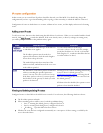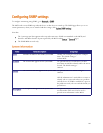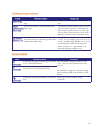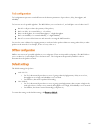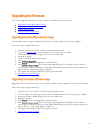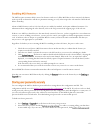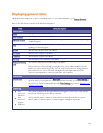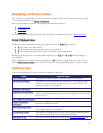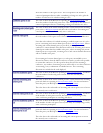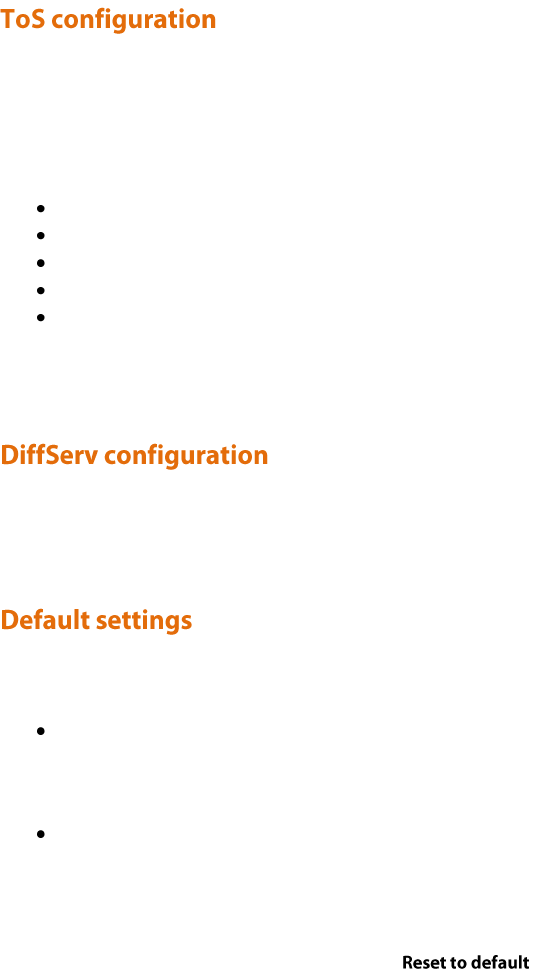
149
ToS configuration represents a tradeoff between the abstract parameters of precedence, delay, throughput, and
reliability.
ToS uses six out of a possible eight bits. The MCU allows you to set bits 0 to 5, and will place zeros for bits 6 and 7.
Bits 0-2 set IP precedence (the priority of the packet).
Bit 3 sets delay: 0 = normal delay, 1 = low delay.
Bit 4 sets throughput: 0 = normal throughput, 1 = high throughput.
Bit 5 sets reliability: 0 = normal reliability, 1 = high reliability.
Bits 6-7 are reserved for future use and cannot be set using the MCU interface.
You need to create a balance by assigning priority to audio and video packets whilst not causing undue delay to other
packets on the network. For example, do not set every value to 1.
DiffServ uses six out of a possible eight bits to set a codepoint. (There are 64 possible codepoints.) The MCU allows
you to set bits 0 to 5, and will place zeros for bits 6 and 7. The codepoint is interpreted by DiffServ nodes to
determine how the packet is treated.
The default settings for QoS are:
Audio 101110:
o For ToS, this means IP precedence is set to 5 giving relatively high priority. Delay is set to low,
throughput is set to high, and reliability is set to normal.
o For Diff Serv, this means expedited forwarding.
Video 100010:
o For ToS, this means IP precedence is set to 4 giving quite high priority (but not quite as high as the
audio precedence). Delay is set to normal, throughput is set to high, and reliability is set to normal.
o For DiffServ, this means assured forwarding (codepoint 41).
To return the settings to the default settings, click .



